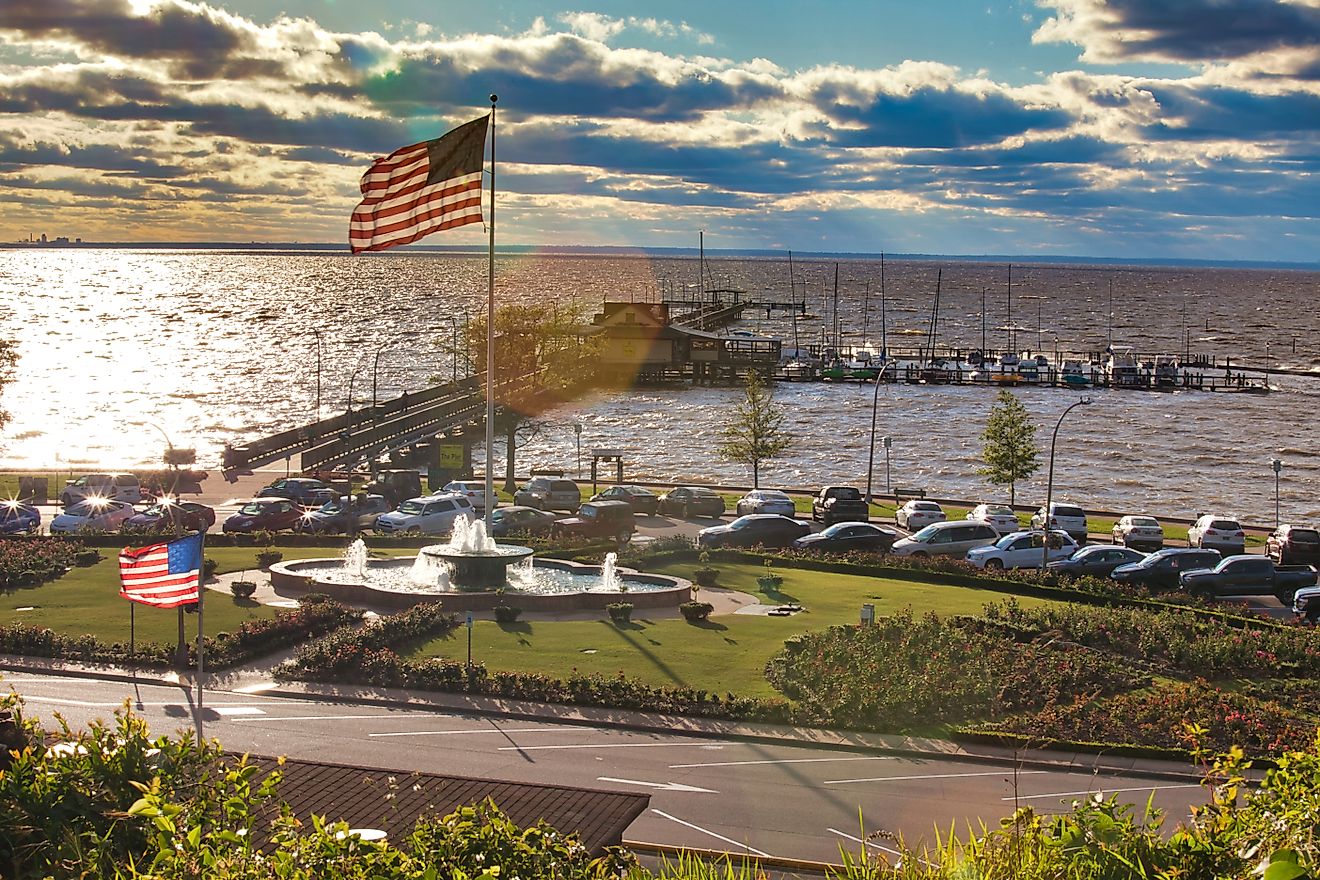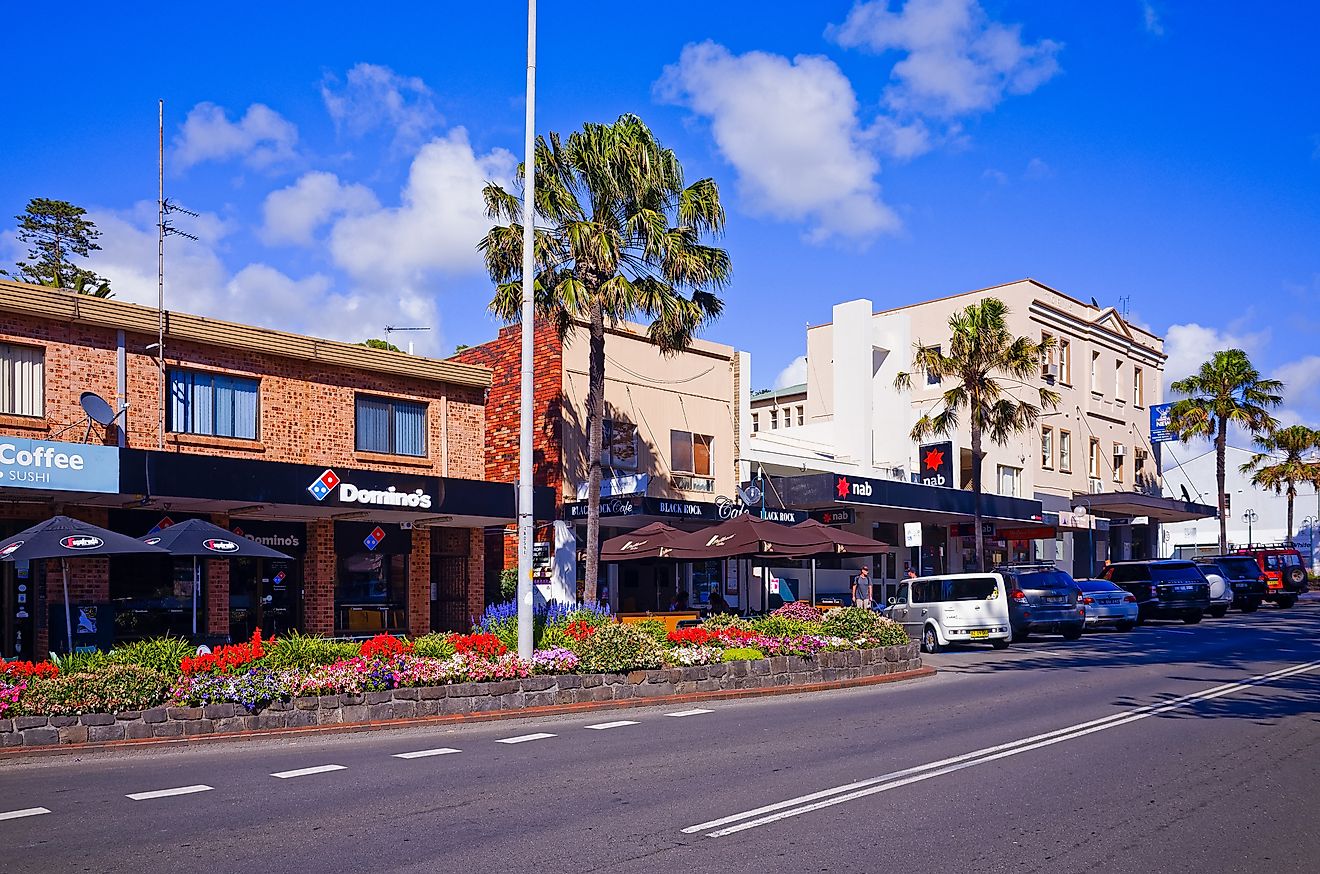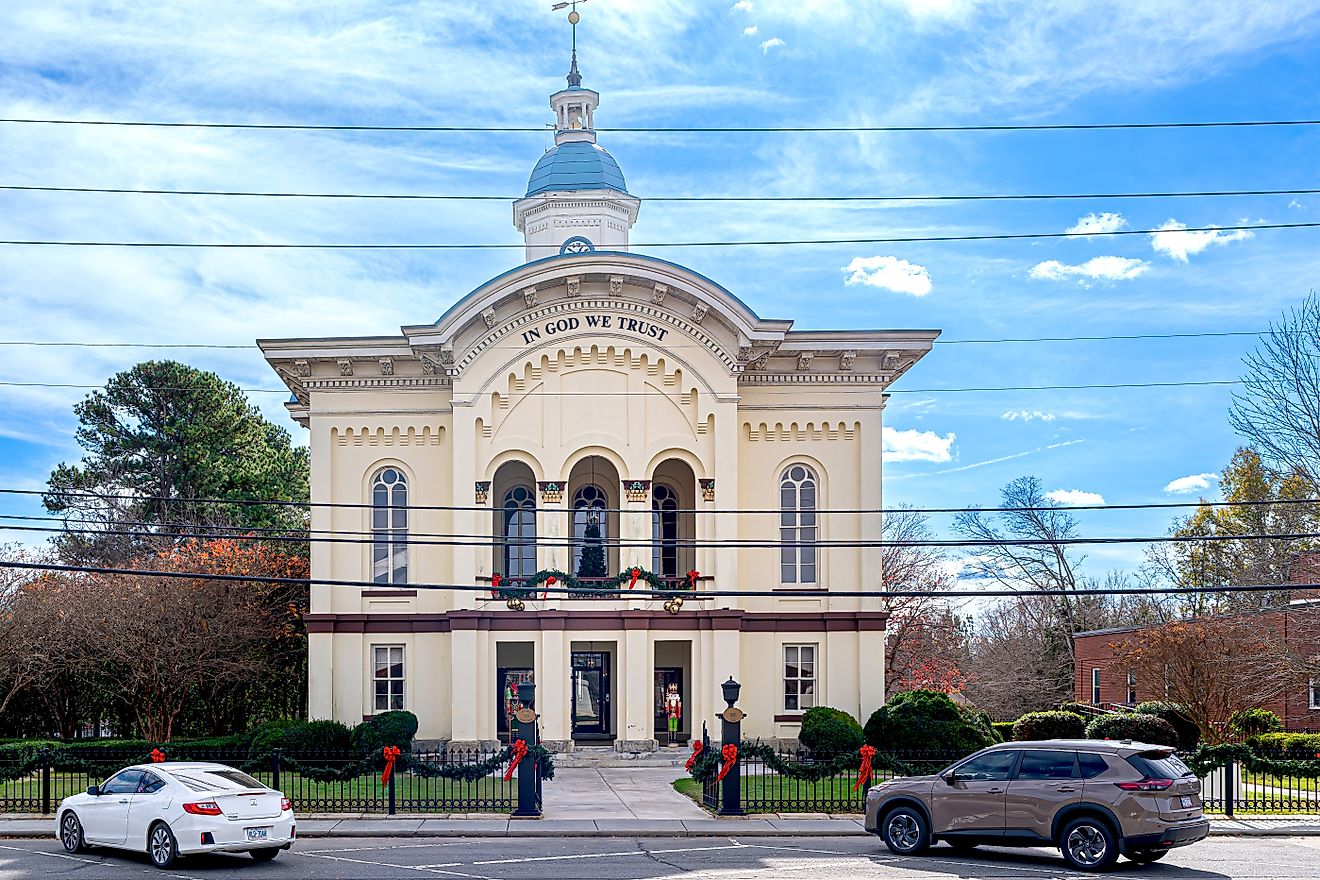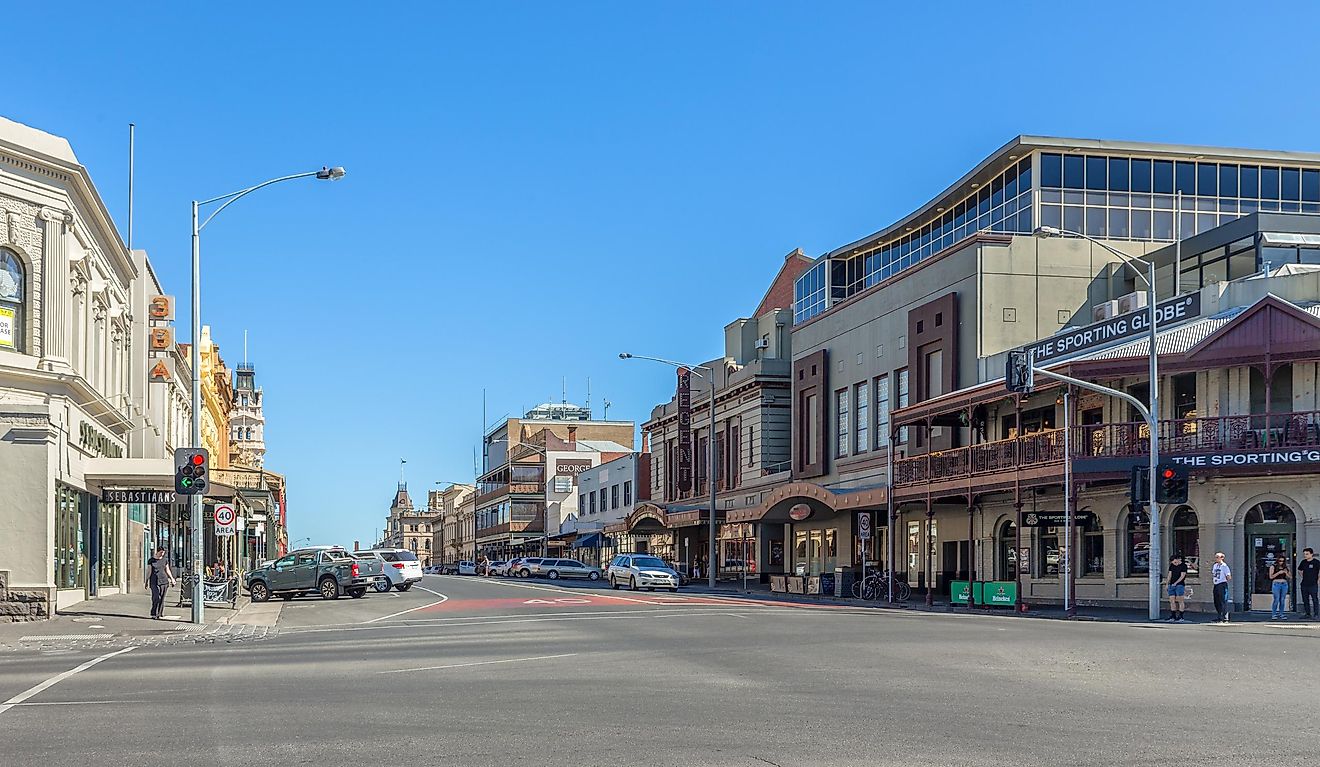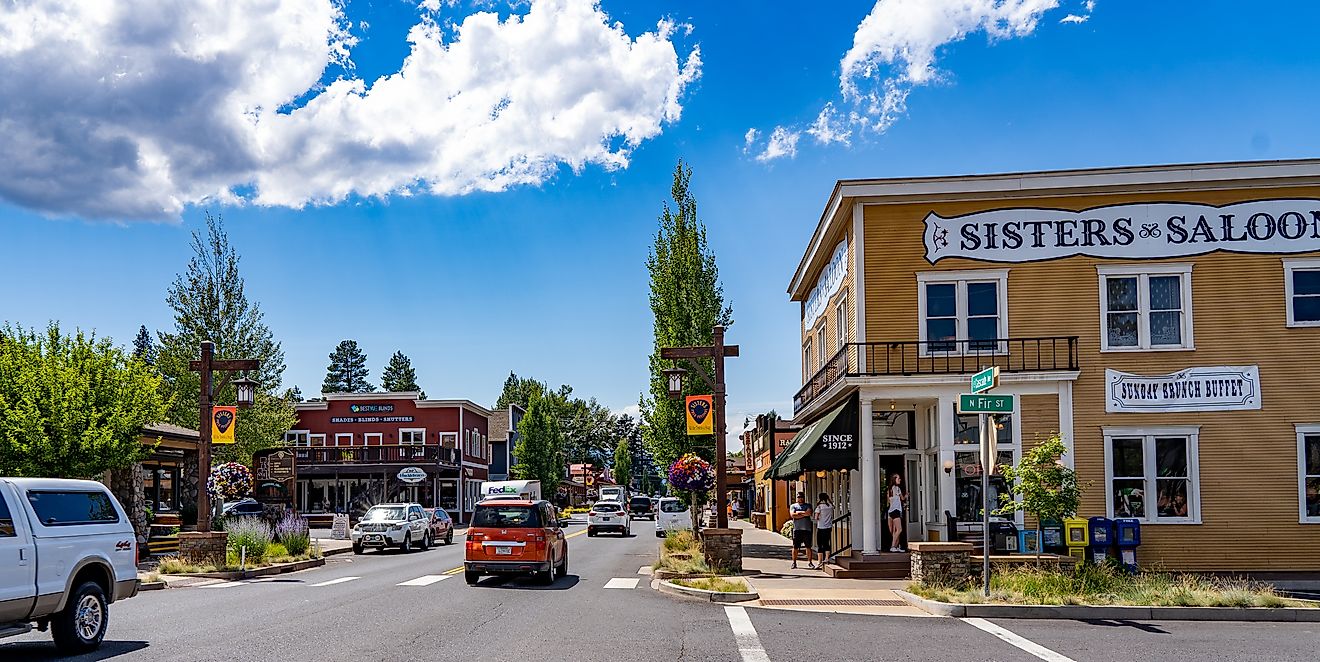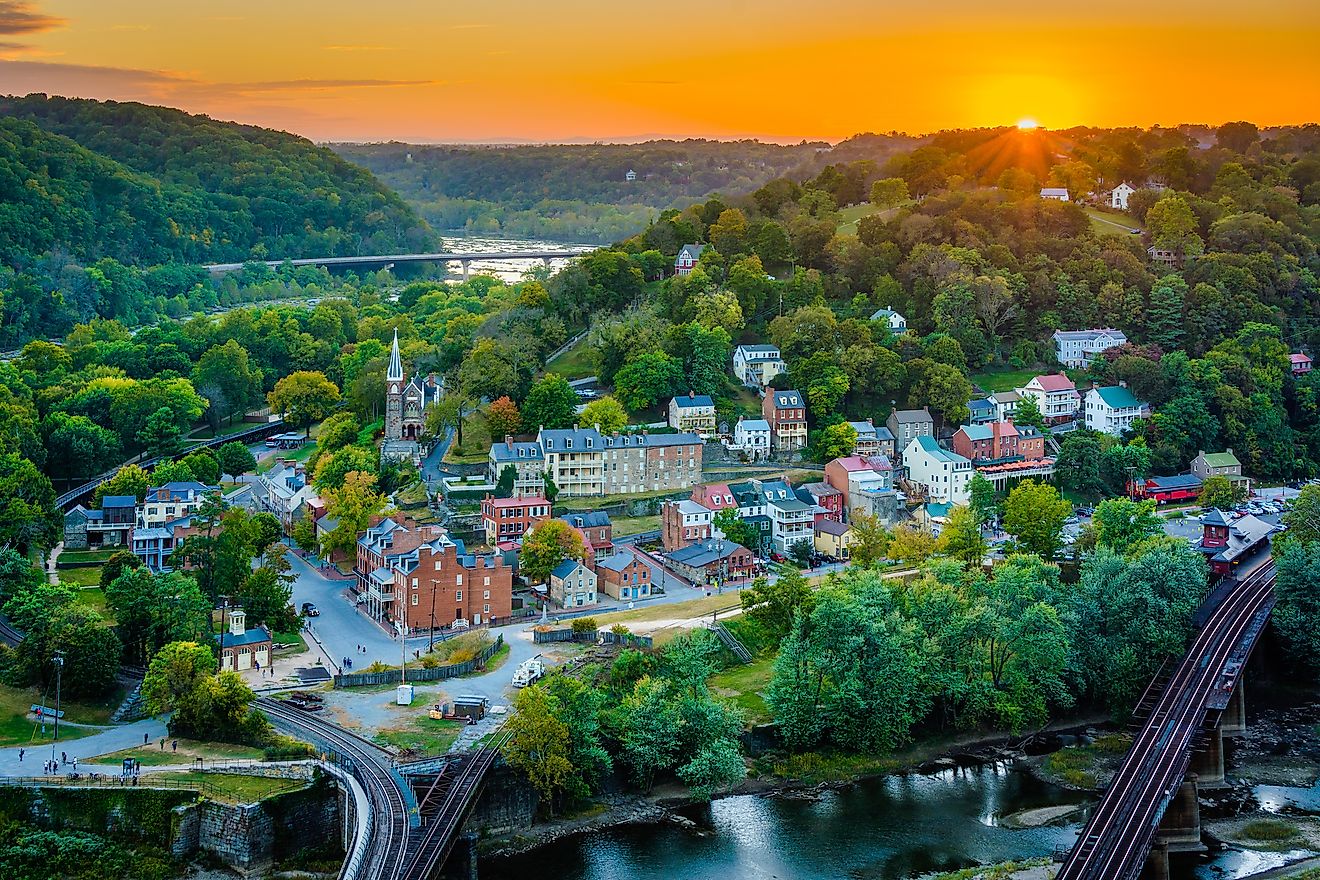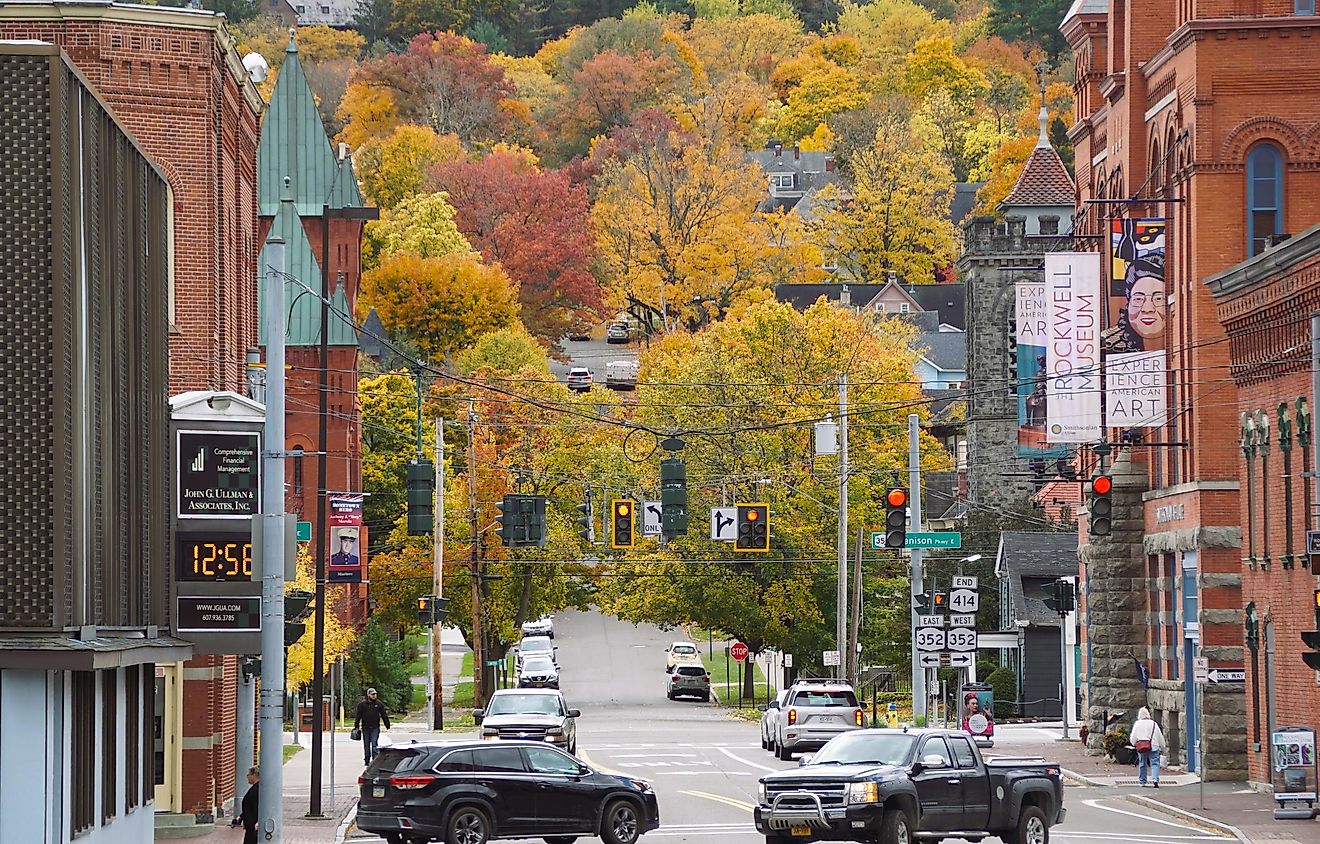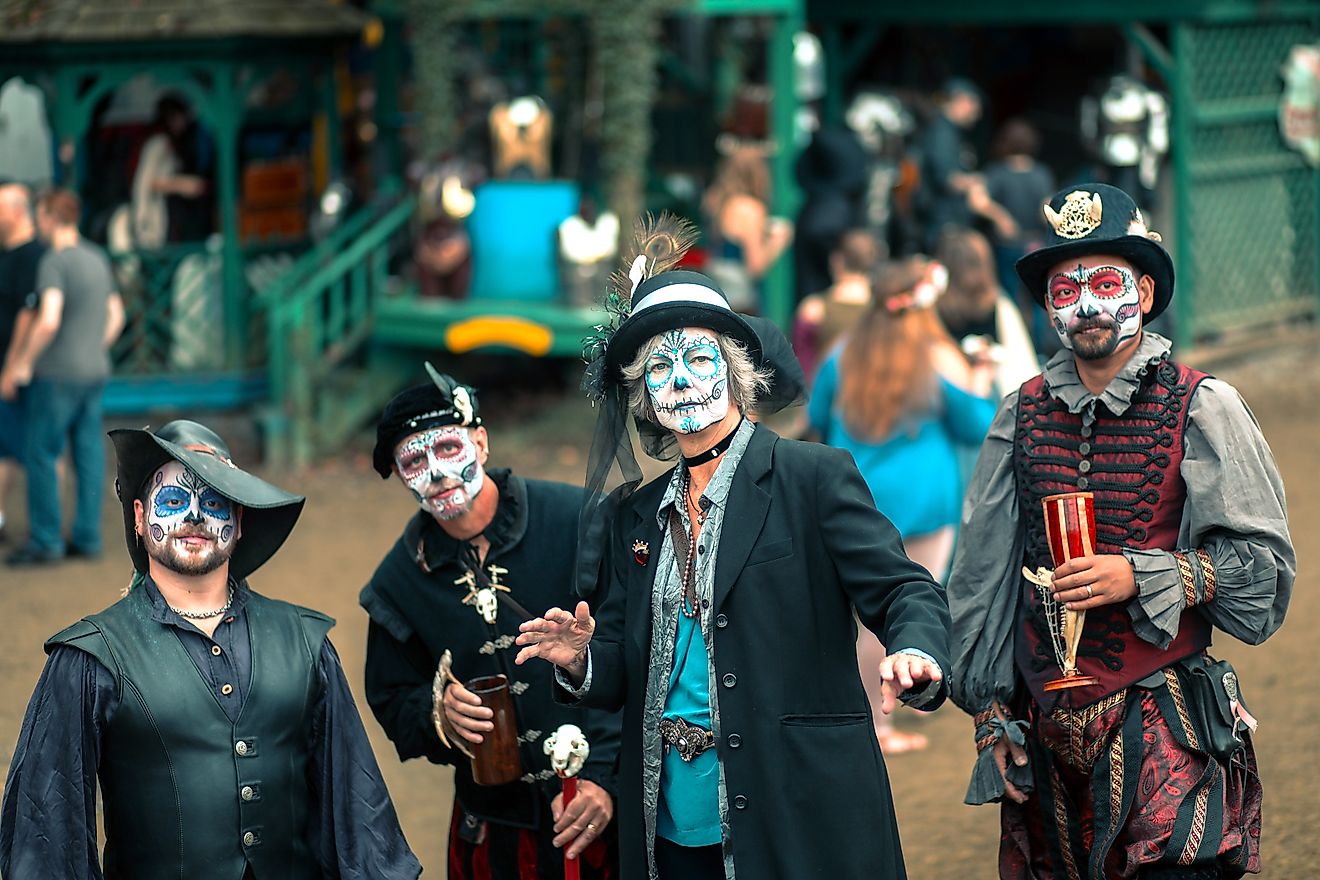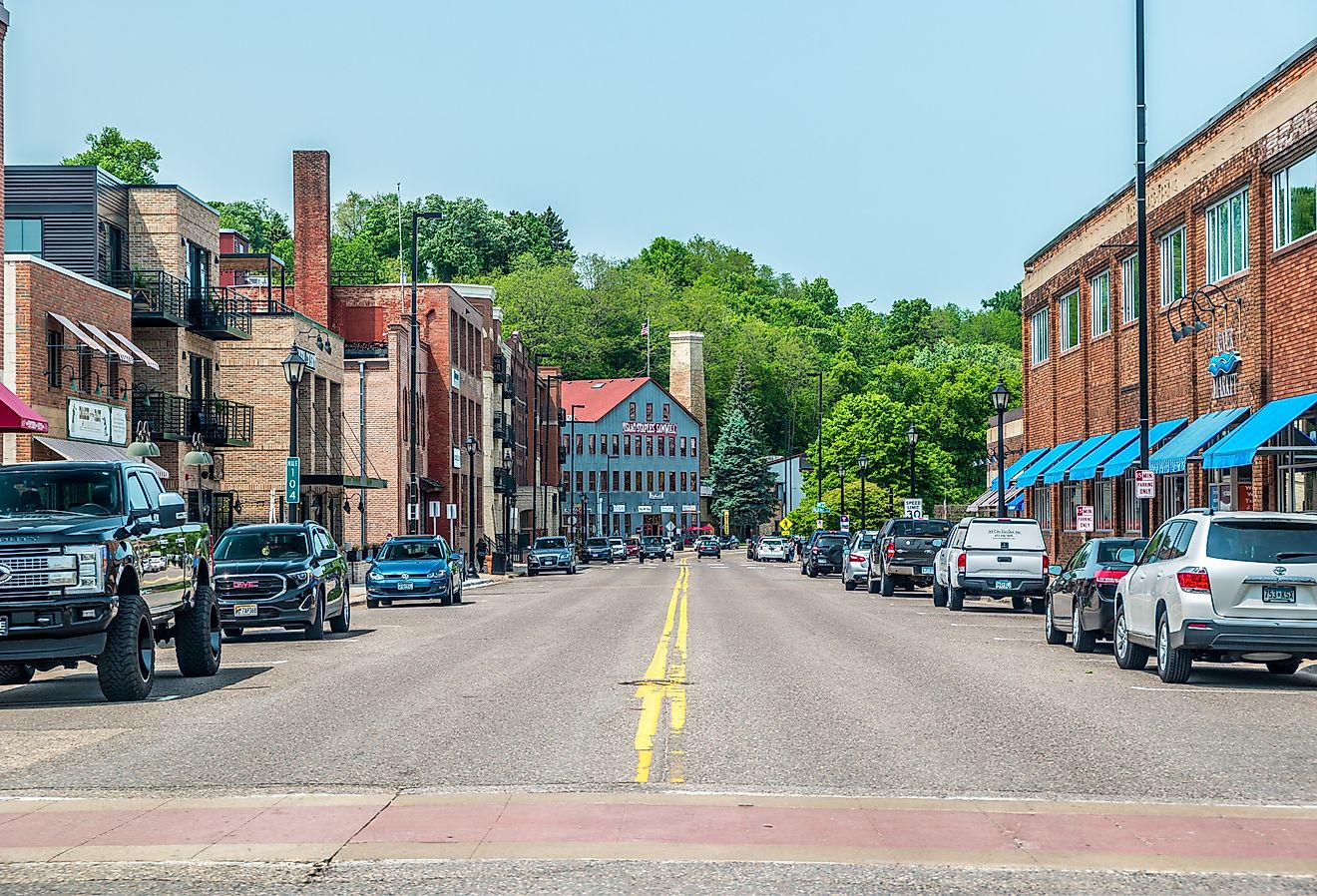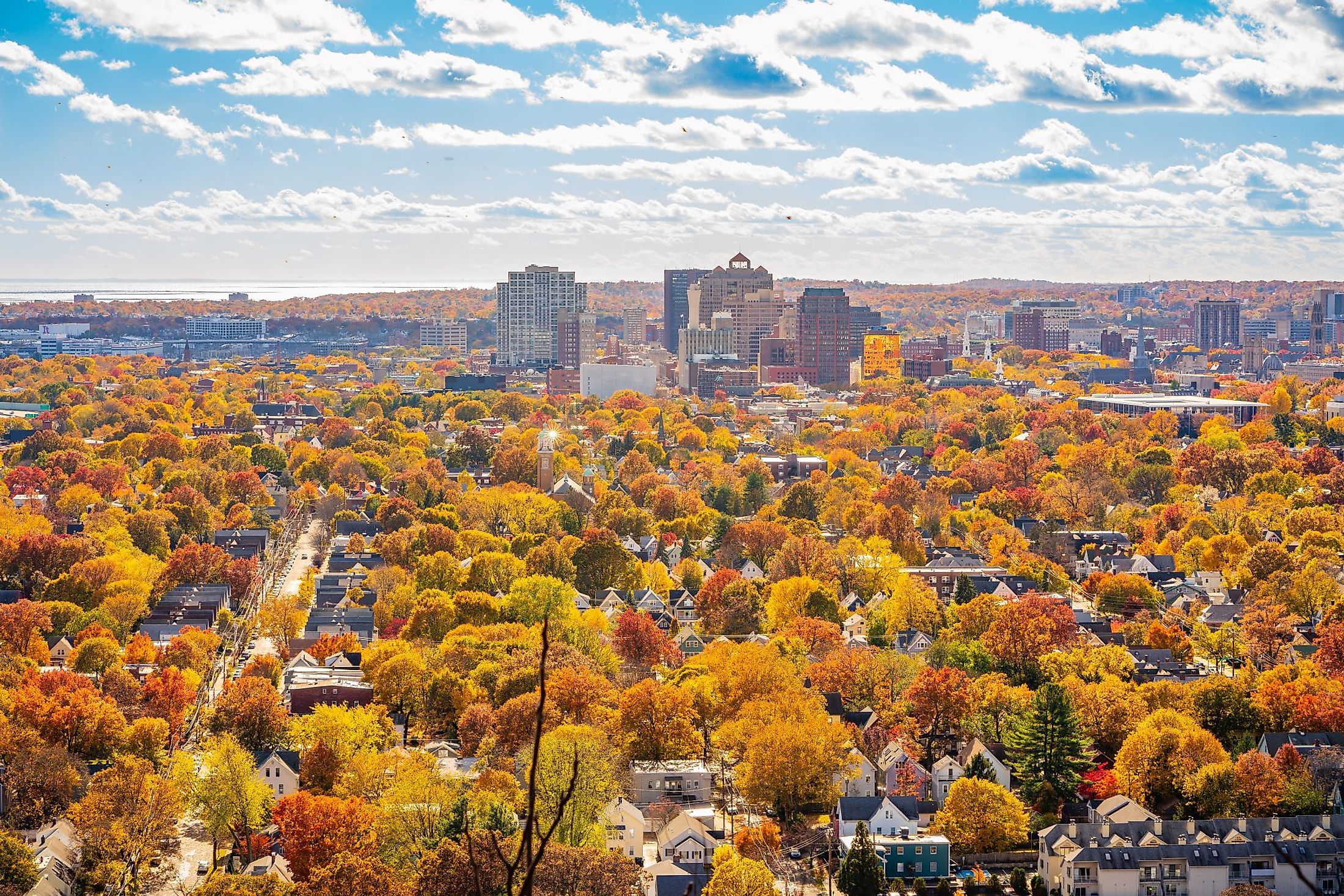
New Haven, Connecticut
New Haven, Connecticut's cultural capital, is home to the internationally renowned Yale University. It is also the sixth largest city in the New England region of the Atlantic Northeast and has the most Zagat-rated restaurants in the state of Connecticut. There is never a dull instant in New Haven, as it is the hub for sporting events, concerts, theater, and shopping for the state's south-central region.
Geography Of New Haven
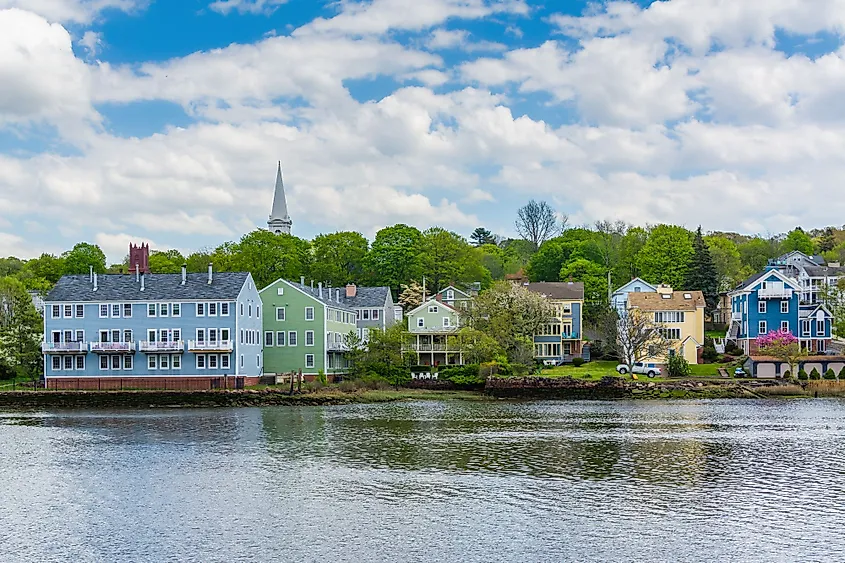
In southern Connecticut, where the West, Mill, and Quinnipiac River empty into the Long Island Sound, lies the green city of New Haven. Spanning over 52 sq. km, the city has an elevation of 12 meters above sea level that varies throughout the city. The highest point is West Rock Ridge, which has an elevation of 213 meters. One hundred forty-three kilometers northwest of the city's core, sightseers, can view Connecticut, Massachusetts, and Rhode Island's Tri-State Marker. Just over 400 kilometers north, hikers can visit Lake Tear of the Clouds in New York State, where the mighty Hudson River originates. One hundred thirty-one kilometers southwest of New Haven, tourists can board a boat and visit the glorious Statue of Liberty. The abundance of water that encompasses New Haven is the desired hub for any aquatic sports and activity enthusiasts.
Climate Of New Haven
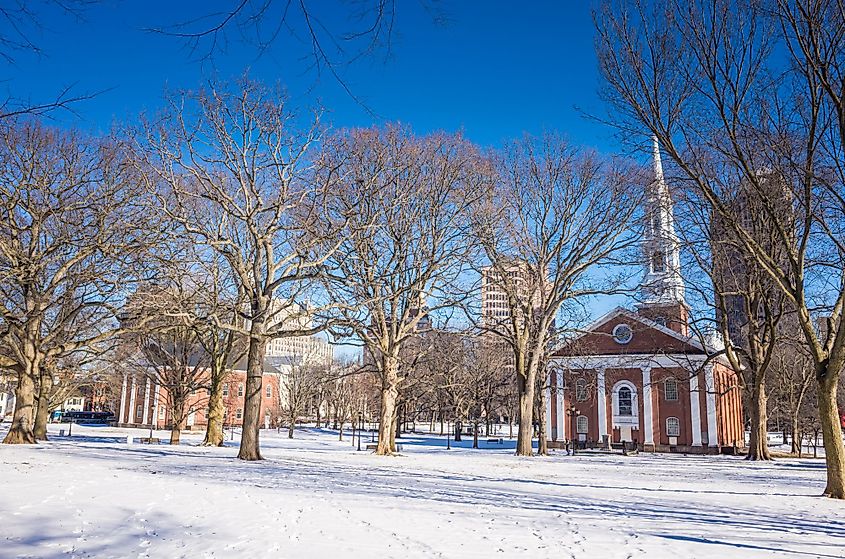
The climate in the seat of New Haven County, Connecticut, differs dramatically throughout the year. The harbor town experiences frigid and snowy winters – temperatures can dip below -13˚C, and almost 75 centimeters of snow can blanket the city. Spring weather is cloudy and rainy; the rainfall increases as temperatures climb back into the double digits. Storm systems carry a large amount of moisture over the region and drop over 1,200 millimeters of precipitation on New Haven yearly. Summer days are extremely humid and warm, and the rain does not let up as June is the dampest month. During the summer, daily high temperatures will stay at about 23˚C generating excellent weather conditions for outdoor activities. New Haven falls one day short of the national average, with only 204 sunny days each year. Autumn weather cools down quickly, and snow can return as soon as Halloween.
History Of New Haven
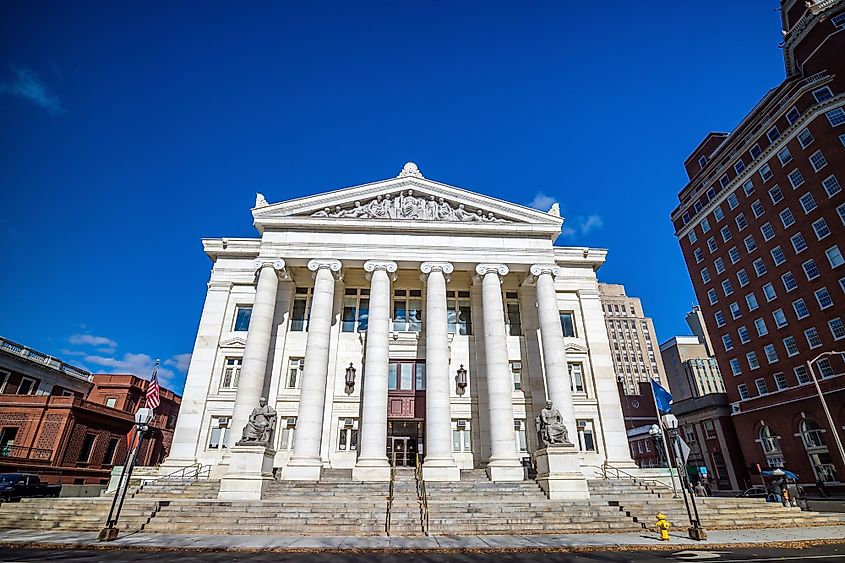
A small indigenous group called the Quinnipiac inhabited the harbor of New Haven, where they fished in the nearby waterways and hunted in the forests. They are known to have harvested corn which was the primary source of their diets. In April 1638, 500 English Puritans entered the bay and first contacted the native tribe. The English company led by Reverend John Davenport and Theophilus Eaton noticed that the Quinnipiac were distraught by invasions of the Pequot and Mohawk bands. For that cause, the leader of the Quinnipiacs settled on selling their land to the British company. The Puritans agreed to protect the band and permit them to live off the lands east of the bay.
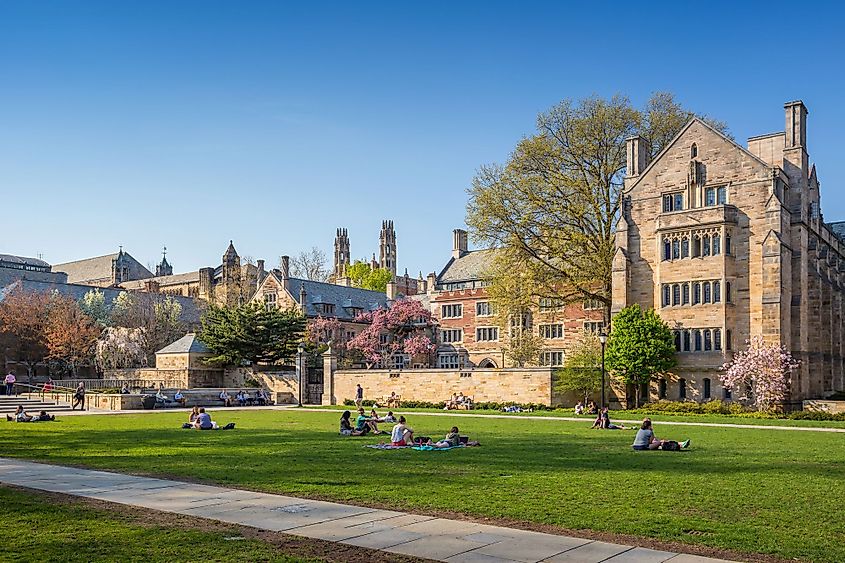
In 1640, the British formed a comprehensive government and the new title Newhaven for the land once known as Quinnipiac. Within its first year as a new settlement, the first pioneers of Newhaven grew to 800. The establishment of a small college named the Collegiate School in Old Saybrook in 1700. In 1718 the institute relocated to New Haven and received support from Elihu Yale – this was the birth of the infamous Yale University. It wasn't until 1784 that Roger Sherman incorporated New Haven as a city. Mr. Sherman, the first elected mayor of New Haven, was also one of the signers of the Declaration of Independence.
Population And Economy Of New Haven
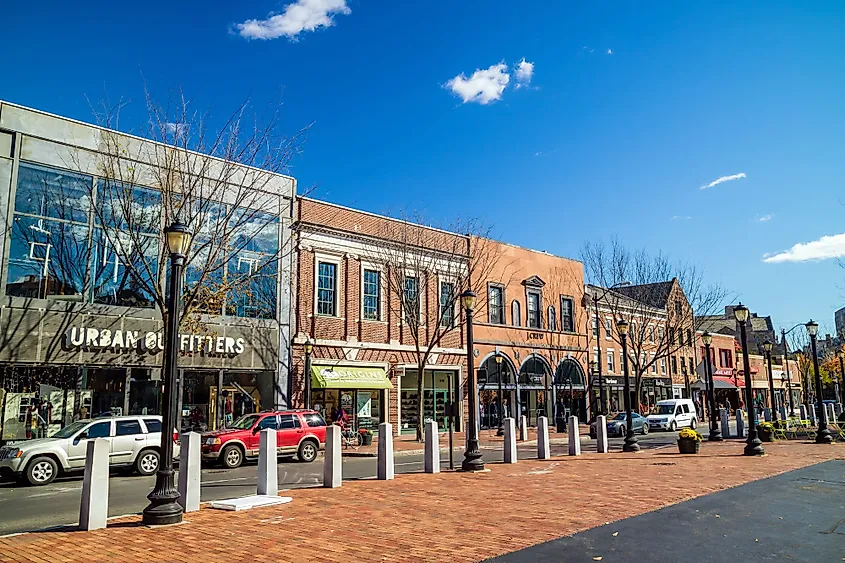
The second largest city in Connecticut is, in fact, New Haven, with a population of 134,871. Unfortunately, the population was the largest in 1950 when 164,400 citizens lived within its city limits. The ethnic demographics are 43.6% White, 33.6% African American, 11.6% Other Race, 5.7% Two or More Races, 5.2% Asian, 0.36% Indigenous, and 0.01% Pacific Islander. The average age of people in New Haven is 30.8 years old. People who identify as males average 29.6 years, and women average 32.1 years. The poverty rate is 25.2%, resulting in an average household income of $65,362. New Haven residents are most likely to hold Management Occupations, Office & Administrative Support Occupations, and Sales & Related Occupations.
Attractions In New Haven
New Haven Museum
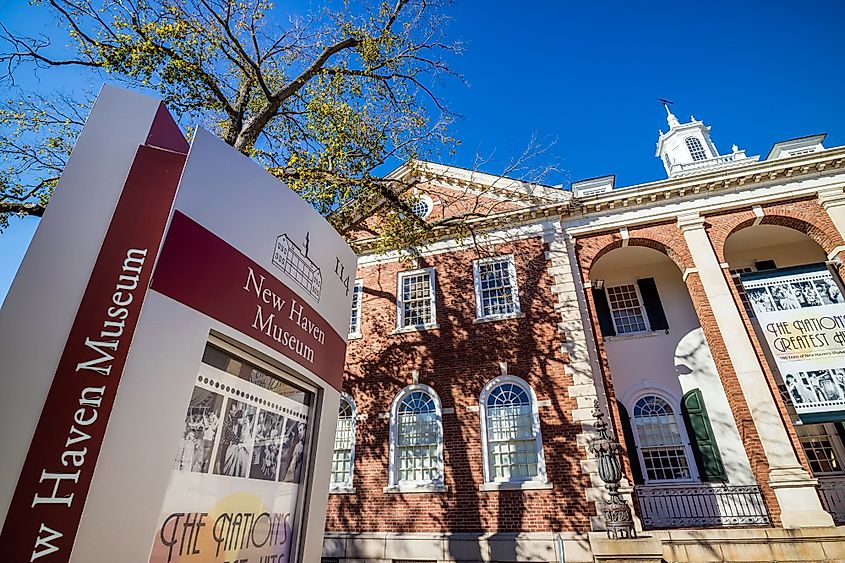
Founded in 1862 and originally named the New Haven Colony Historical Society – the New Haven Museum was formed to preserve the importance of the regional past. Located on the prestigious campus of Yale University, once visitors finish their museum tours, they can explore the universities grounds.
East Rock Park
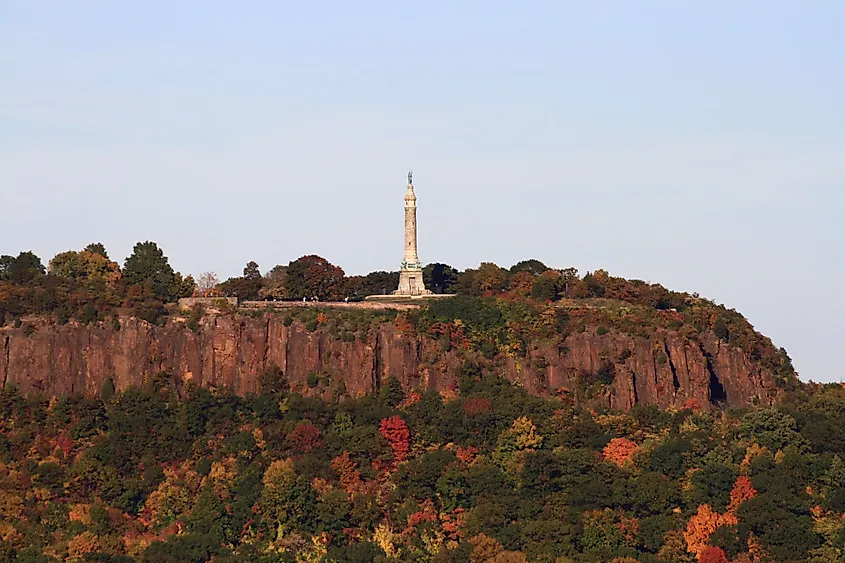
East Rock Park spans over 400 acres of 16 kilometers of hiking trails, bike paths, and 360-degree views of the city and harbor. Canoers and kayakers can paddle upstream or cruise downstream in Mill River in lower elevations. At the top of the park, hikers can view the towering Soldiers and Sailors Monument. This tower assembly was to pay tribute to the brave men and women who fought in the American wars that have shaped the United States.
Fort Nathan Hale
On the eastern shores of New Haven, Fort Nathan Hale, also known as Black Rock Fort, visitors can view the remnants of the bloody past of the Revolutionary War. The purpose of this fort was to protect New Haven from the British invasions. Throughout the historical 20-acre property, guests will see a restored Black Rock Fort, Civil War facilities, a Revolutionary Fort, and Fort Nathan Hale for no admission fee.
